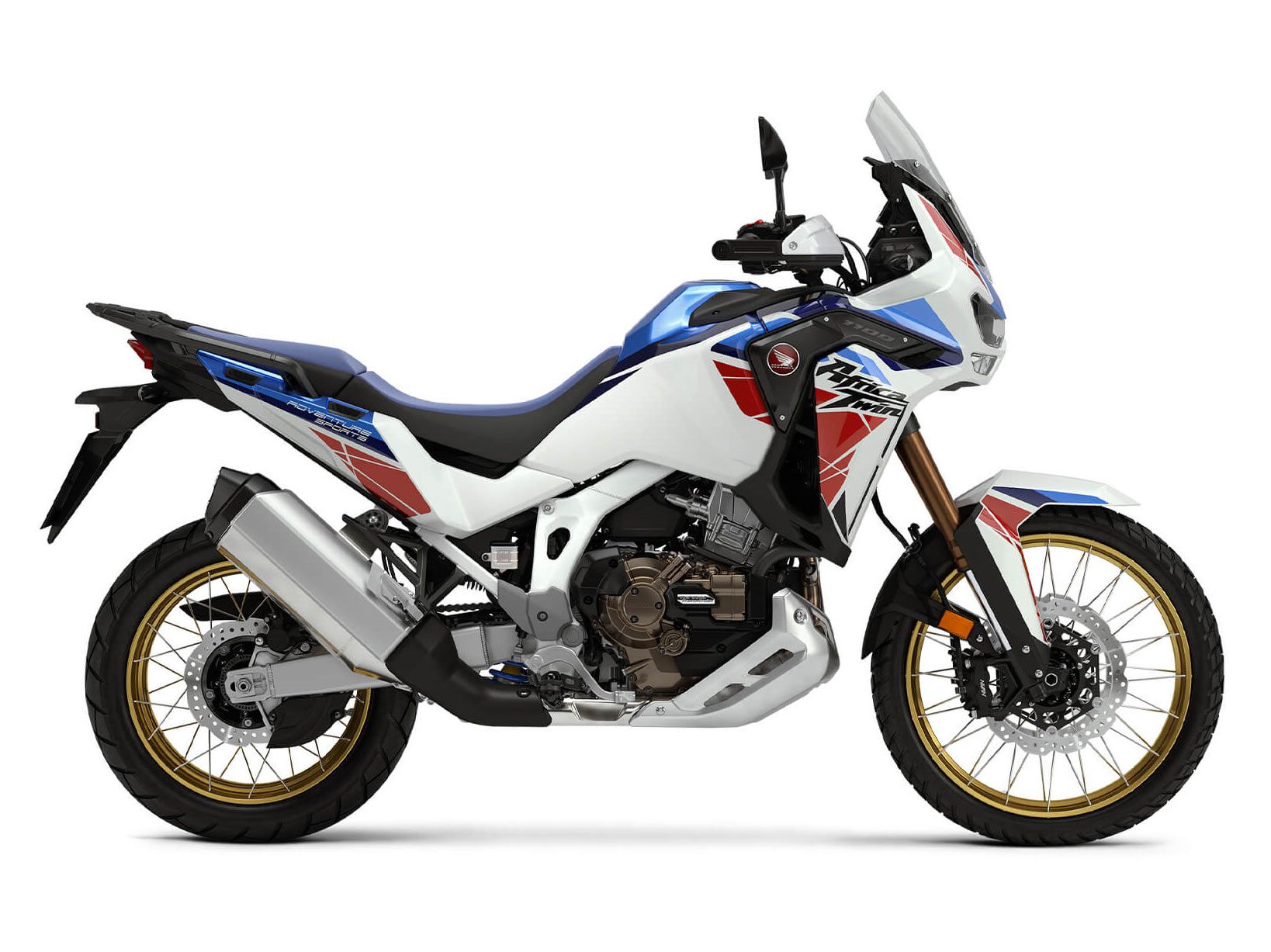
You might never swing a leg over an automatic motorcycle. But in a few years, you might never shift again, thanks to electric motorcycles. If this makes the bile rise in your throat, get over it; rowing through the gears won’t happen forever. Hell, MotoGP teams would run DCT if rules allowed.
“Automatic” is a lazy term, but it’s easier than saying “Dual Clutch Transmission,” “Continuously Variable Transmission,” or “Electric Direct Drive.” And that’s the point. Modern-day America was built on saving time and making things easier. Wish you still had to remember to manually inject oil directly into your bike’s single-cylinder side-valve pushrod engine every few minutes while motorcycling? No you don’t.
Despite past comments to the contrary, this isn’t paid content for Honda Powersports. When other manufacturers start making quality bikes with quality alternatives to traditional gearboxes, we’ll write about them. Until then, it’s largely Big Red’s show, though it seems that other red-centric motorcycles with DCT-like simplified shifting might be coming.
Two simple rules: One, if it doesn’t have a clutch lever, it’s fair game for the list. Two, 2022 is basically 2021. If it’s on a manufacturer site with an MSRP, also fair game. Got better criteria? Hit the comment section. Check out The Best Automatic Motorcycles 2020 for added insight.
The Perennial Hondas
2022 Honda Africa Twin
It’s one thing to swap cogs on a lazy asphalt turn. It’s quite another to replant torque and traction in the middle of a dirt whoop. The Africa Twin concept is trial-by-fire for any DCT. But smoother shifts and minimal drive disruption mean knobbies grab better and rider attention stays on lines and throttle control. Three modes, Manual, Automatic Drive, and Automatic Sport, are at the disposal of Honda’s venerable 1,084cc liquid-cooled twin.
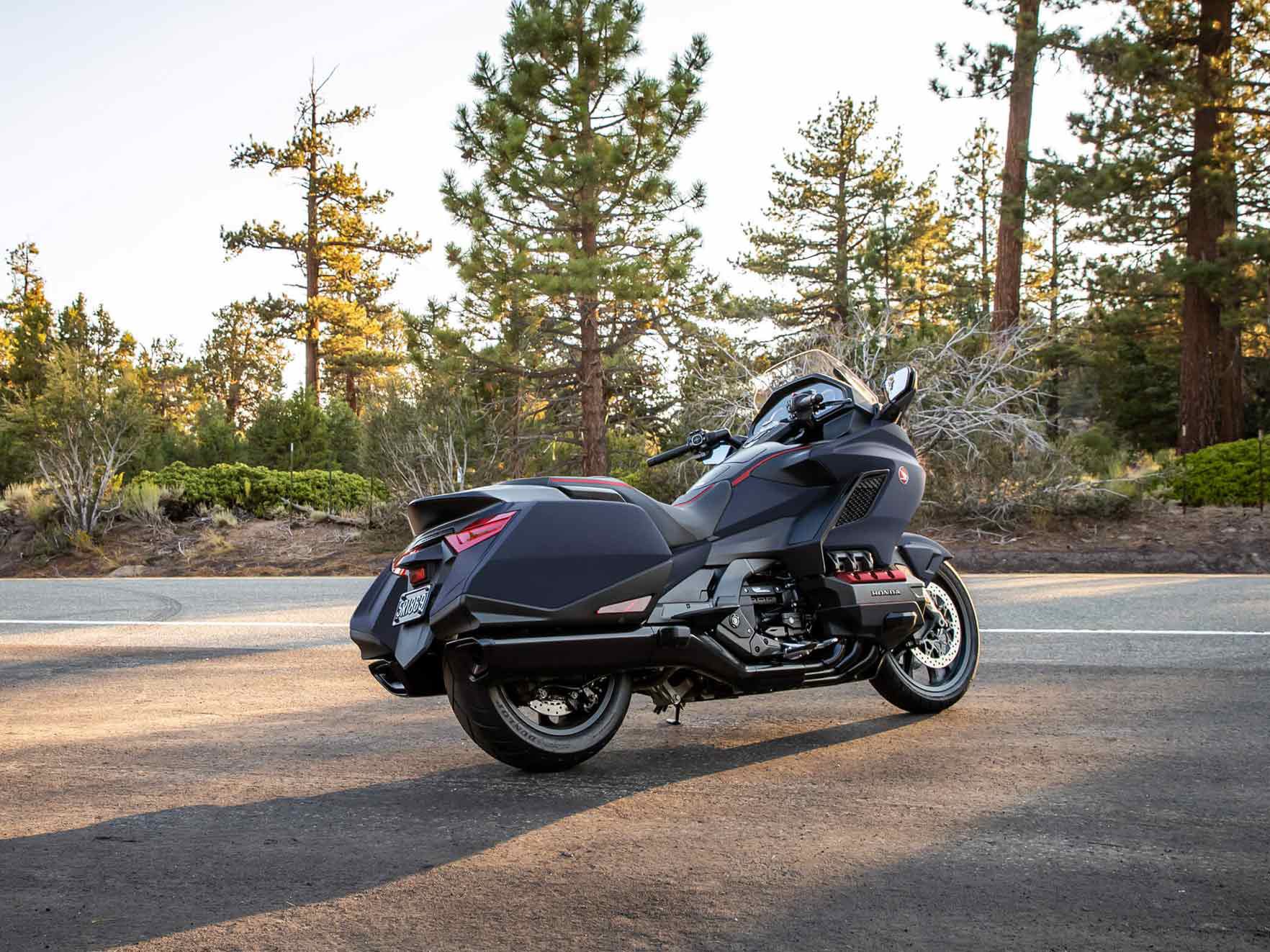
2022 Honda Gold Wing DCT
Some eyes will roll at the mention of the Gold Wing DCT, for the umpteenth year in a row. But that’s nothing compared to what would happen if the Gold Wing were left off the list. Seven speeds (don’t forget reverse) of DCT and 12 years of refinement speak for themselves. Honda claims half or more new Gold Wing orders are for the automatic variant. Odds are, a new Gold Wing owner has already put in a lifetime of shifting clinics. They’ve earned the right to give that left hand a break.
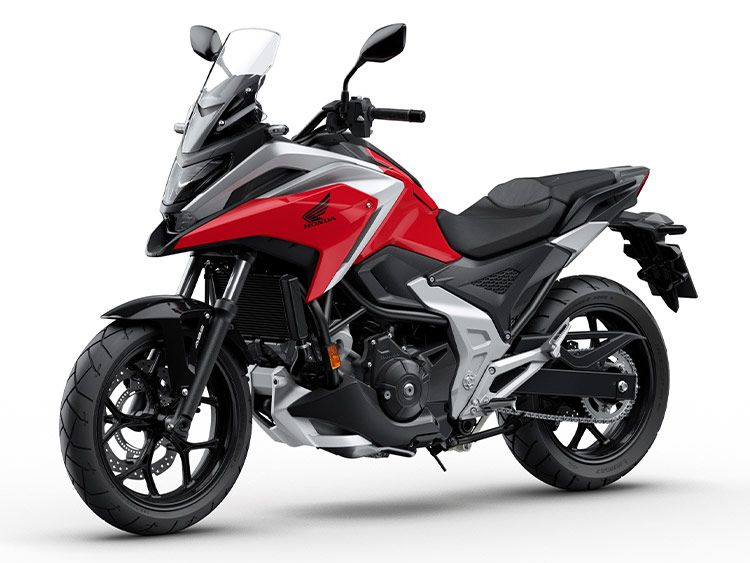
2022 Honda NC750X ABS
2012 saw the introduction of the NC700, Honda’s second foray into DCT after the 2010 VFR1200. Only the second Honda motorcycle to go clutchless, it was part of the “New Concept” of ultimate practicality and user-friendly design. With each passing year, the NC750X gets lonelier and maybe more exclusive. Practical midsize commuters aren’t unusual, but no one’s stepped up with a DCT model. It’s a lonely class of one. But it’s becoming an enduring classic.
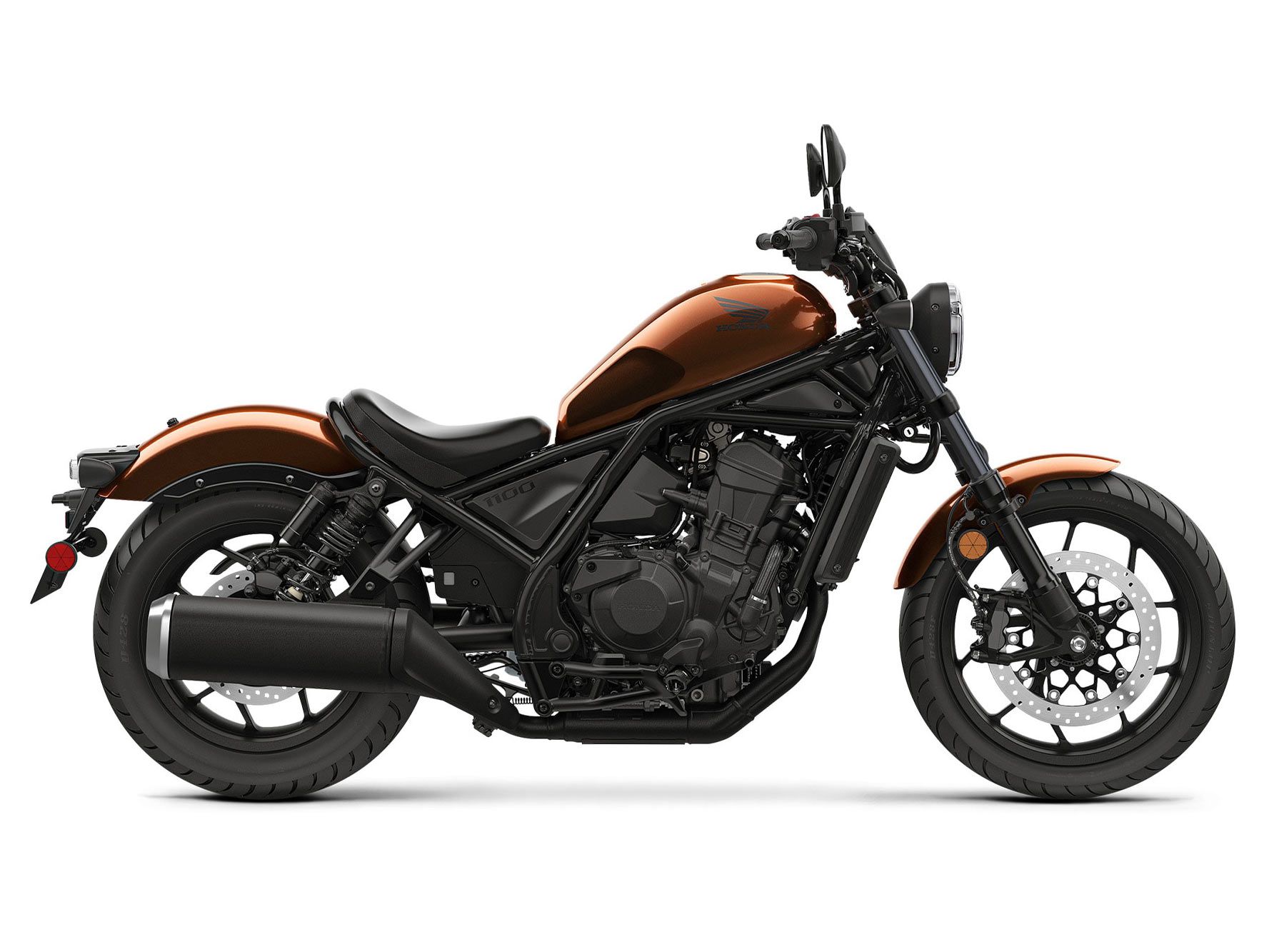
2022 Honda Rebel 1100
Speaking of 1,084cc twins, here’s the Rebel 1100. A large sub-$10K cruiser with DCT? It seems like a masterstroke now. Three riding modes and the option to shift with your thumb; what’s more relaxed and cruiser-y than that? And given the conservative traditionalism of this category, what’s more radical than automatic shifting in a trellis frame and giving zero (if any) f’s? Rebel, indeed.
New Additions
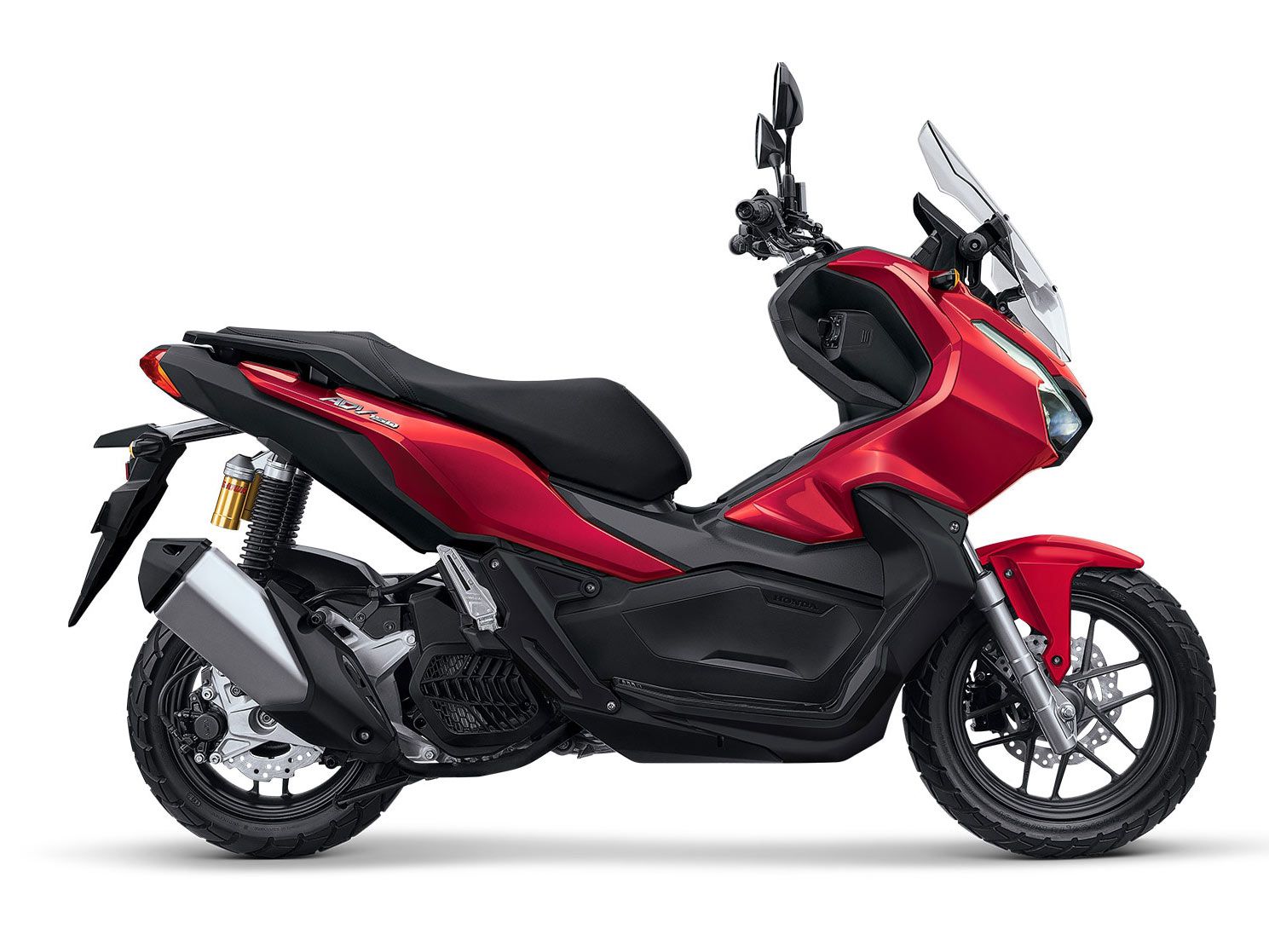
Honda ADV150/PCX
In the small bike category, Groms, Monkeys, and Z125s get all the ink. Sure, shifting is fun on small bikes. But for those who appreciate zen-like simplicity between Here and There, Honda’s ADV150 and PCX scooters are it. Honda’s been making two-wheeled CVT units since 1980, and they’ll likely outlast most conventional slush boxes. With 8-ish gallons of underseat storage and a top speed of 85 mph (tuck position recommended), either scooter is all you need to conquer traffic in any large city, winter notwithstanding.
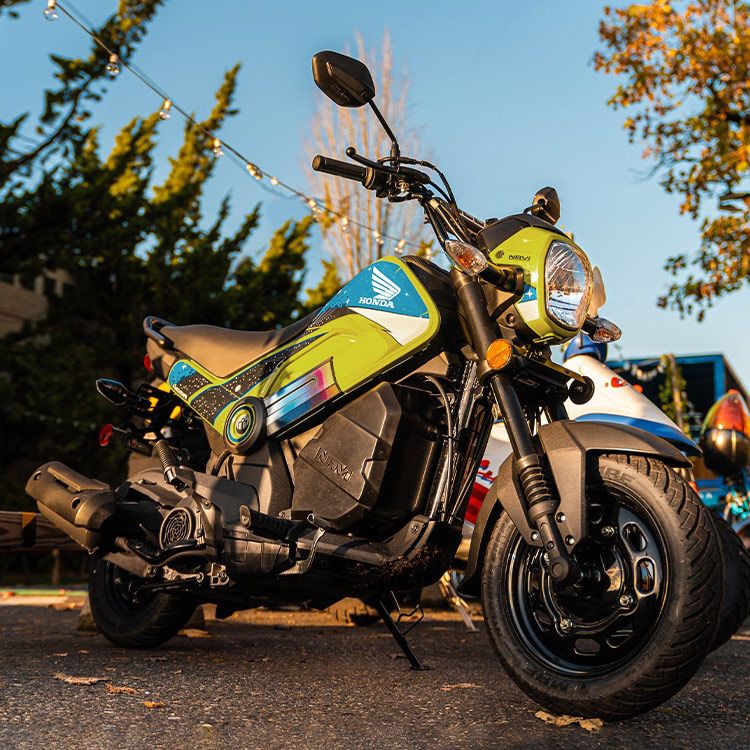
Honda Navi
There’s no evidence to prove this, but the Honda Navi seems designed to be the perfect pitbike. No clutch means one arm is free (three arms with passenger) to carry tires, engine parts, or any of the countless emergency stuff that gets schlepped around tracks on any weekend. One could even hold a cold beverage in one hand while (carefully) riding responsibly in the controlled environs of a private track.
Obviously, Motorcyclist does not support the practice of riding with anything less than both hands on the bar and/or the enjoyment of cold beverages while riding.
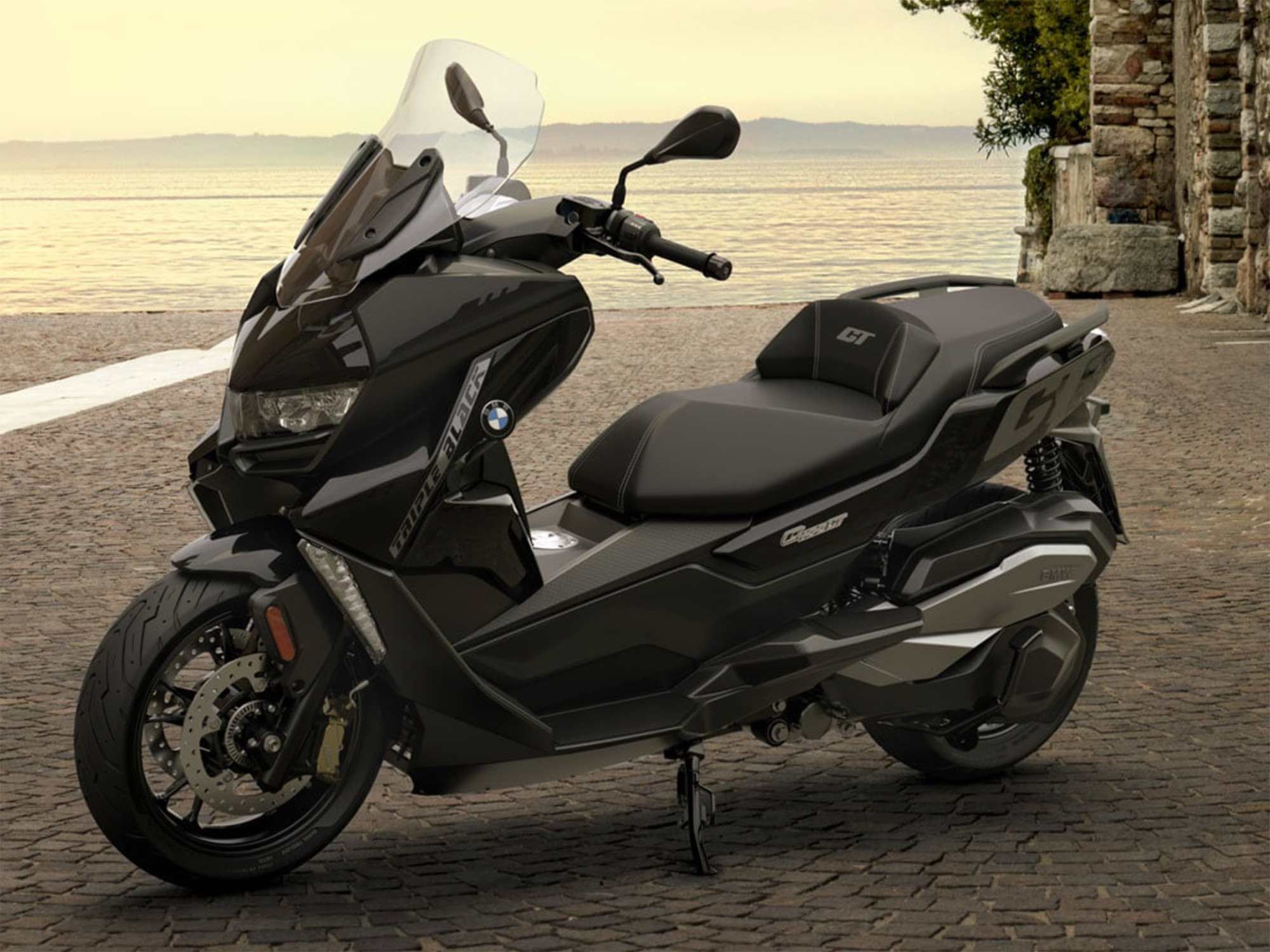
BMW C 400 GT
The term “rightsizing” gets lots of play these days. But there’s no arguing with European emissions standards and customer preference. Gone is the behemoth BMW C650 GT, following in the footsteps of earlier giants like the Suzuki Burgman 650. Enter the BMW C 400 GT. Originally paired with the urban-minded C 400 X in non-US markets, the C 400 GT is BMW’s lone traditional scooter offering. A counterpoint to the radical CE 04, the C 400 GT is powered by a liquid-cooled 349cc single-cylinder mill making 34 hp at 7,500 rpm through a CVT unit that winds up enough for moderate highway usage. No, really. The 61.6-inch wheelbase keeps things uneventful.
Electric
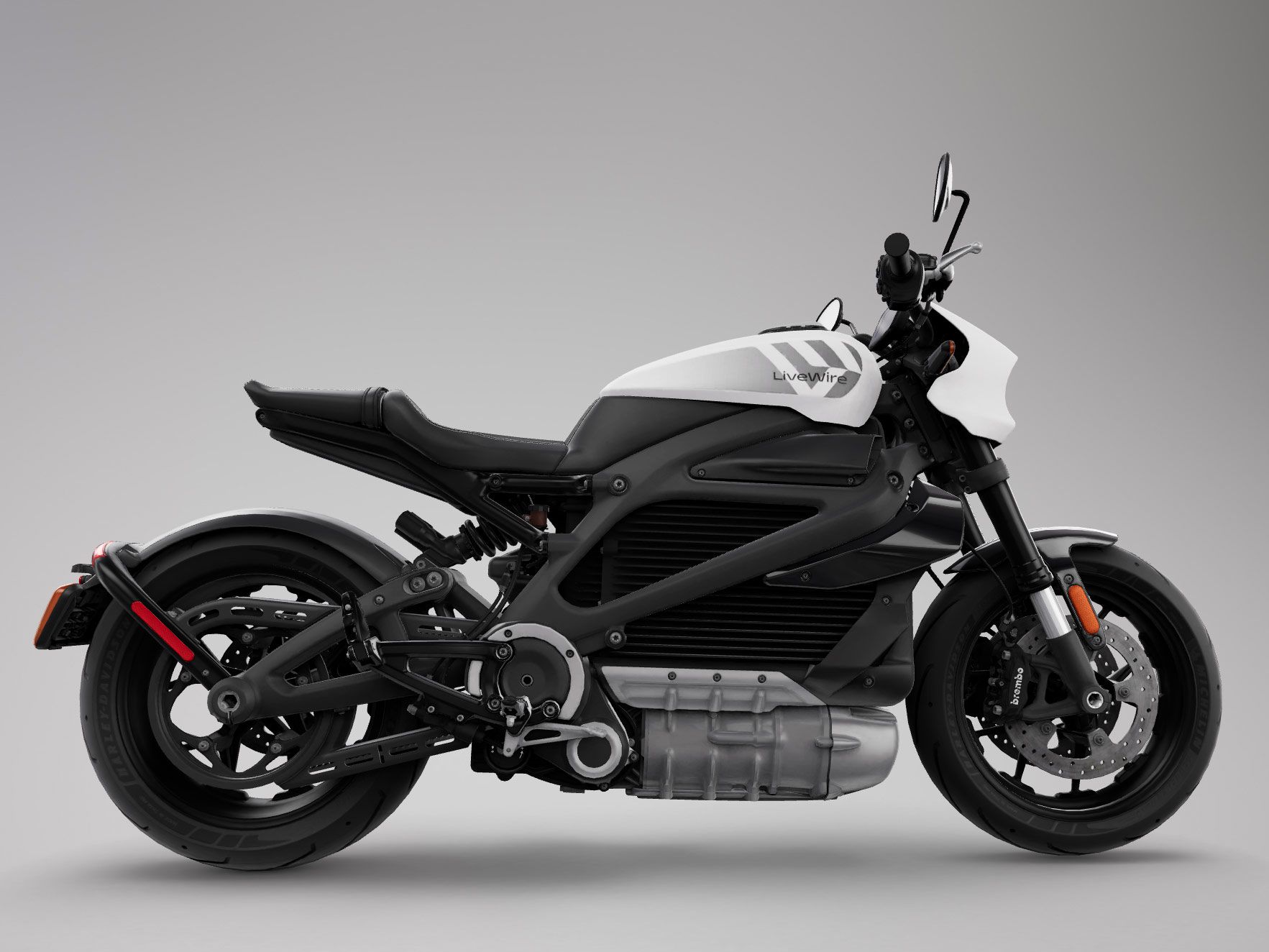
LiveWire One
Representing the electric motorcycle segment is the familiar LiveWire One. Losing the Bar & Shield shaved about $7K off the MSRP for the much-lauded LiveWire. And ironically, it added about 13 pounds. Power, torque, and virtually all other specs seem unchanged. Healthy numbers of 105 hp with 86 pound-feet of torque along with a claimed 146 miles of city range put the One in the middle of any ebike conversation. As the name itself implies, there’s precisely one gear. Or speed. Or, to be accurate, a bevel gear primary drive that powers the familiar belt drive.
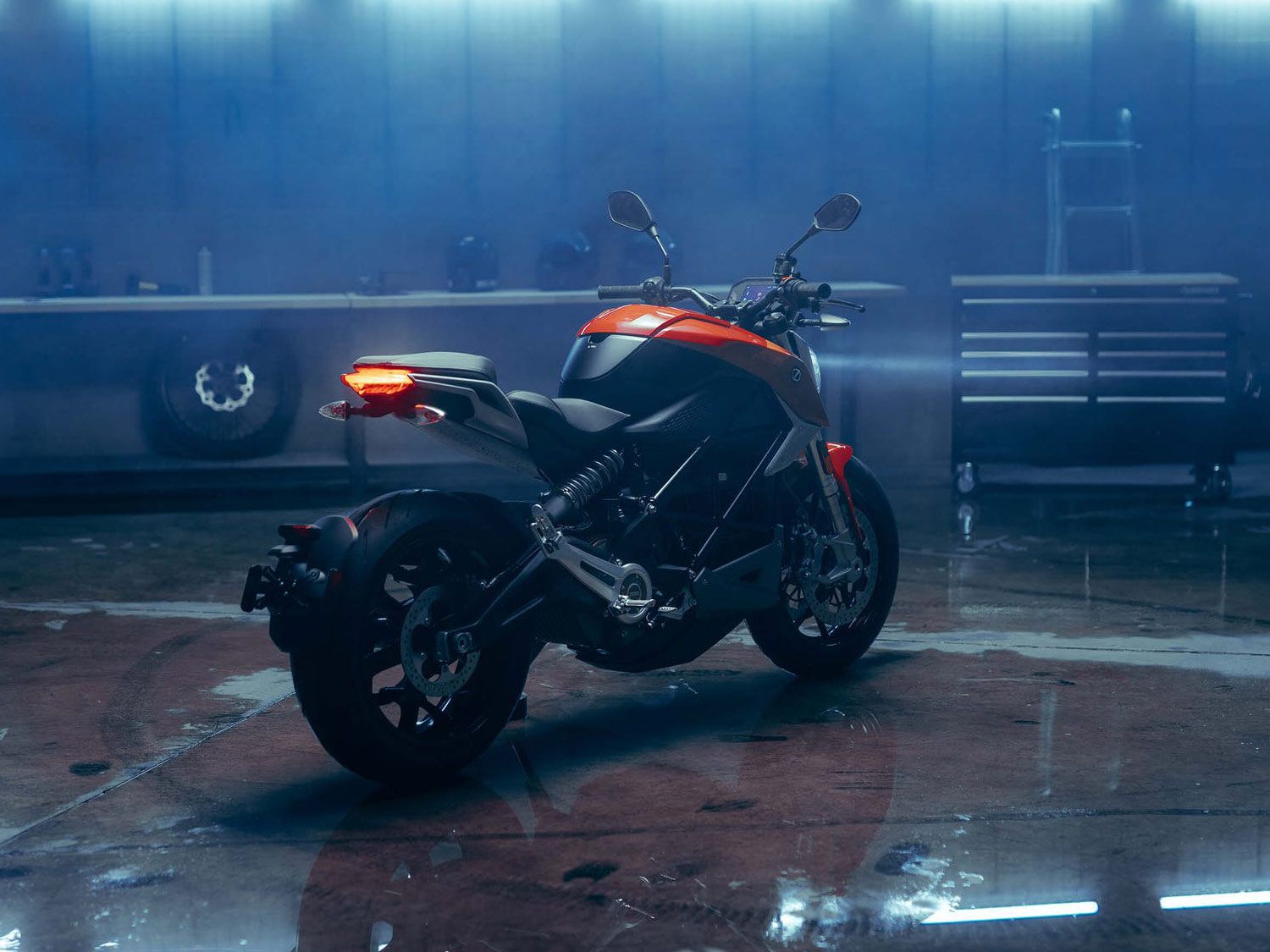
Zero SR/F
At about 12 years old, Zero Motorcycles qualifies as a veteran of the electric motorcycle industry. Introduced in 2020, the SR/F is a familiar sight at trackdays. Performance like 110 hp and 140 pound-feet of torque provides lots of decision power on any course. In real life, the 14.4kWh (standard) and 15.6kWh (premium) lithium-ion batteries deliver a claimed 156- and 169-mile city range, while the 17.3kWh Cypher Store upgrade gets you a claimed 187 miles. Like the LiveWire, a belt drive puts power to rubber and pavement with no clutch or shifting whatsoever. With max torque available at all times, you might forget to shed tears over the gearbox’s demise.
Source: MotorCyclistOnline.com
